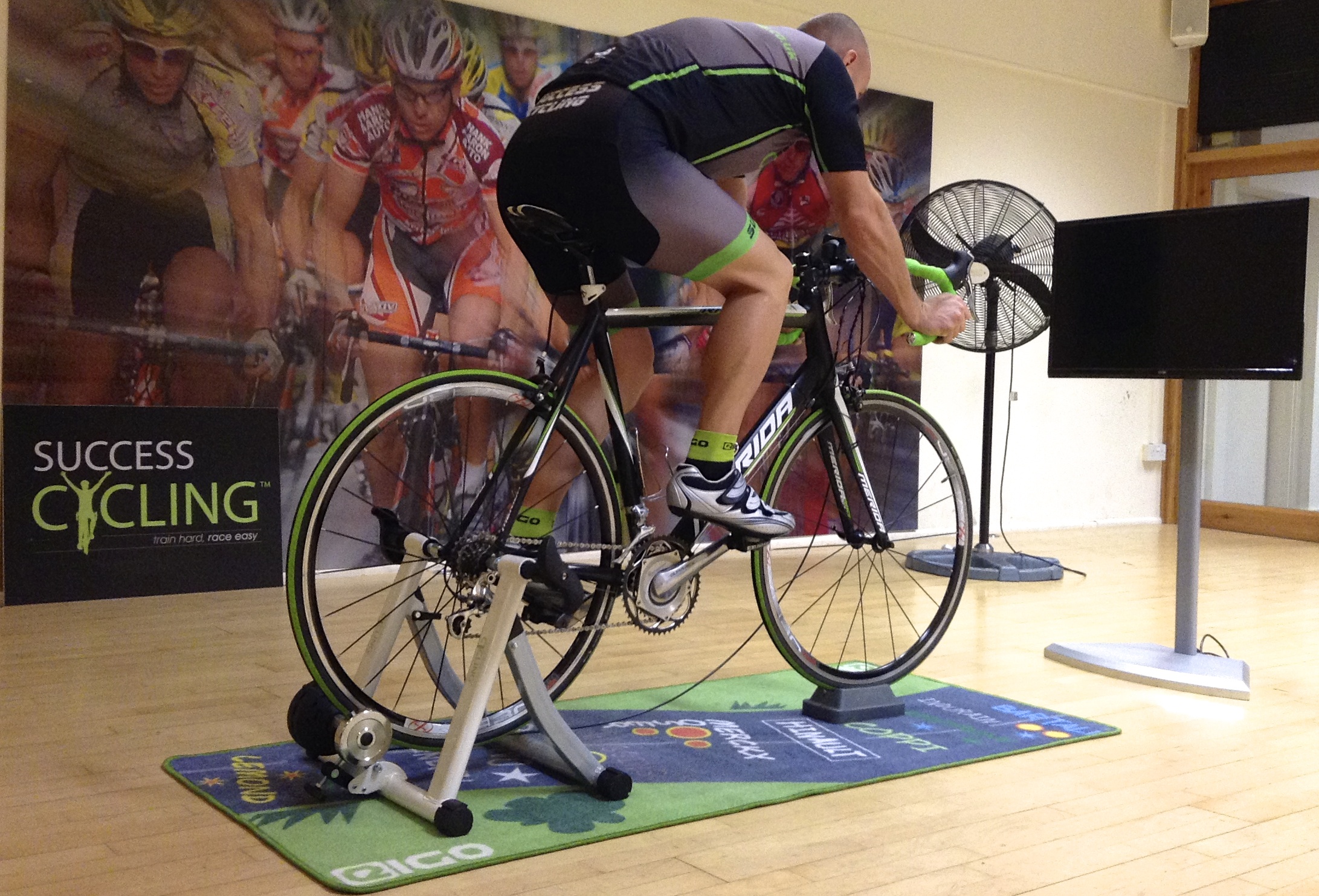

Make sure you consider this when planning out your week/months ahead. You can even try flat trail running to make it interesting.īonus element: Throw in the odd tempo effort or schedule a park run/5km race to keep things feeling real.Īn often-overlooked part of base training is to take the opportunity to build general and sport-specific strength. There’s no need to be flogging one another, focus on easy low-gear hill work, or steady-state z2 trainer work.īonus element: Get your bike setup looked at and adjusted to ensure you will be comfortable efficient in the longer rides.Ĭore element: Long slow runs with a pal of roughly your level. Some paddle and pull buoy work can help build up swimming specific muscles.īonus element: Get a swim analysis done and identify 2-3 things to fix in your stroke it’s much easier to make corrections when going slow and steady.Ĭore element: Long steady rides with a group. Some recommendations for getting your base training right are noted below: SwimmingĬore element: Longer slower swim sets, staying away from the sprint/speed work. What should I be doing in Base training?Īs noted above the intensity requirement is low to moderate, and this applies to all of the disciplines. This will also have the effect of helping an athlete build strength/muscle over time, if completed with some element of strength and conditioning program. By training in an aerobic zone, we are essentially teaching the body to be more efficient in using oxygen and fats, which makes it more efficient overall.

Higher intensity (anaerobic) efforts recruit more carbohydrate. This allows the body to complete the sessions primarily using its aerobic energy system (aerobic means with the presence of oxygen).Īerobic intensity exercise utilizes mainly fat and some carbohydrate for energy. So as we want to build endurance, a lot of base training will be low-moderate intensity (z1/z2) for longer periods of time. Reverse periodization takes a different approach in that speed, high-intensity workouts feature much further out from an athlete’s race. The part where we put in and test the gears comes later in the plan, in the build phase.ĭisclaimer: for the purposes of this short article, I am looking at a standard periodization approach. Simply put, base training is the time of the year where triathletes/runners develop our endurance and stamina, or to quote Joe Friel, when “we train to train.” If you were manufacturing a car, think of this phase as building the body, wheels, engine, etc.

What is Base training?īase training is one element of a periodized training plan which, in the classic model, progresses as follows: Base > Build > Taper > Race Below you’ll find the key elements of base training, so you can take advantage of it in pursuit of your own goals. The latest query that I fielded was about base training, and it resulted in a discussion that many new athletes might find useful. Some of my clubmates might argue that I just love the sound of my own voice, but either way, it is good to chat. So when I spot a slightly bemused face, I am always happy to discretely ask “Do you have any questions?” and more often than not, they gladly open up. However at times, we forget that we are speaking something of a different language, nattering on long spins about group sets, vapor flies, lock tight laces, lactate threshold etc. Now don’t get me wrong my club is incredibly supportive and welcoming to new joiners, and always has been. I always try to look out for the newbies who join our triathlon club, mainly because they tend to display the proverbial “deer in the headlights” look as they nervously try to join an established group with much more experienced athletes than themselves.


 0 kommentar(er)
0 kommentar(er)
